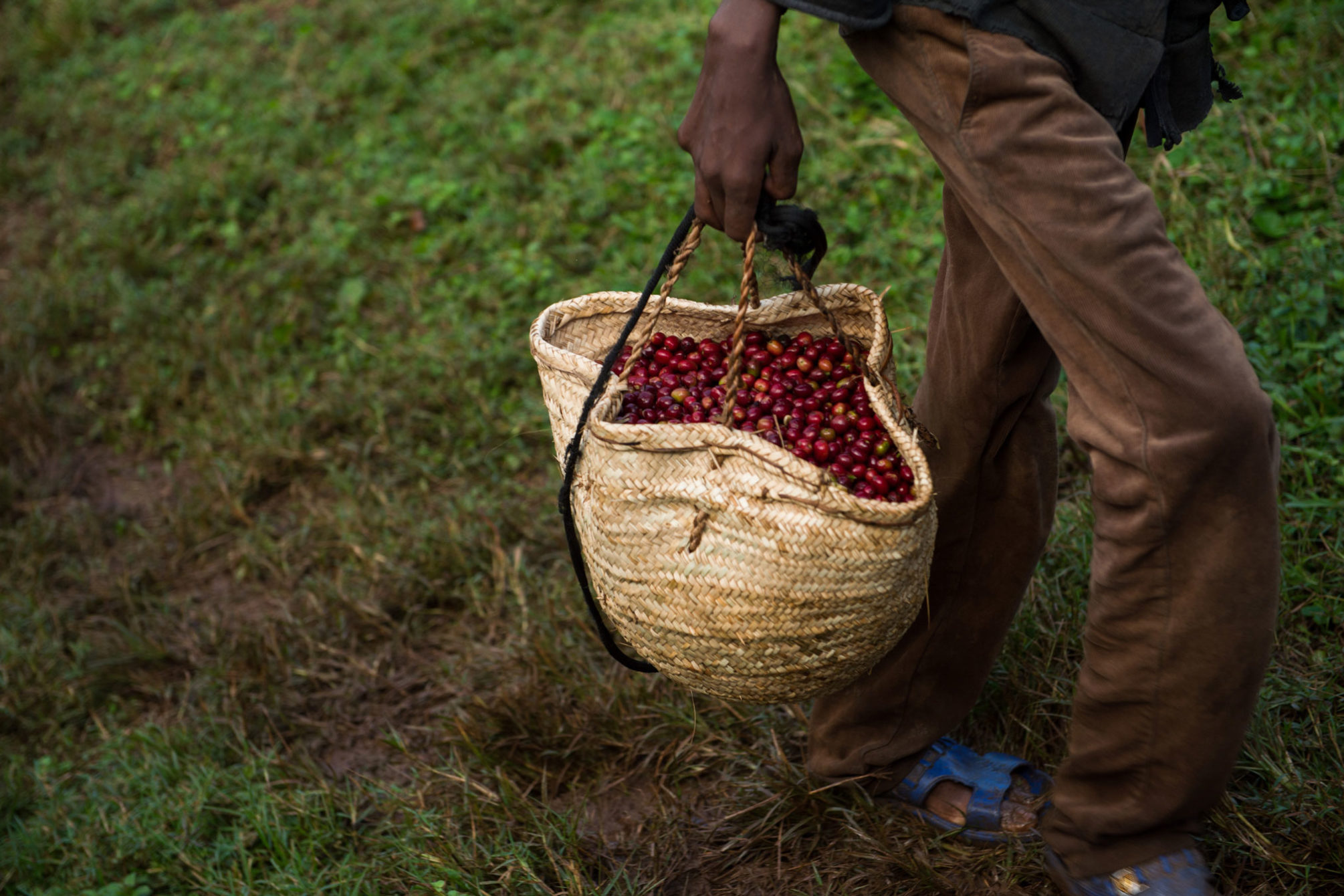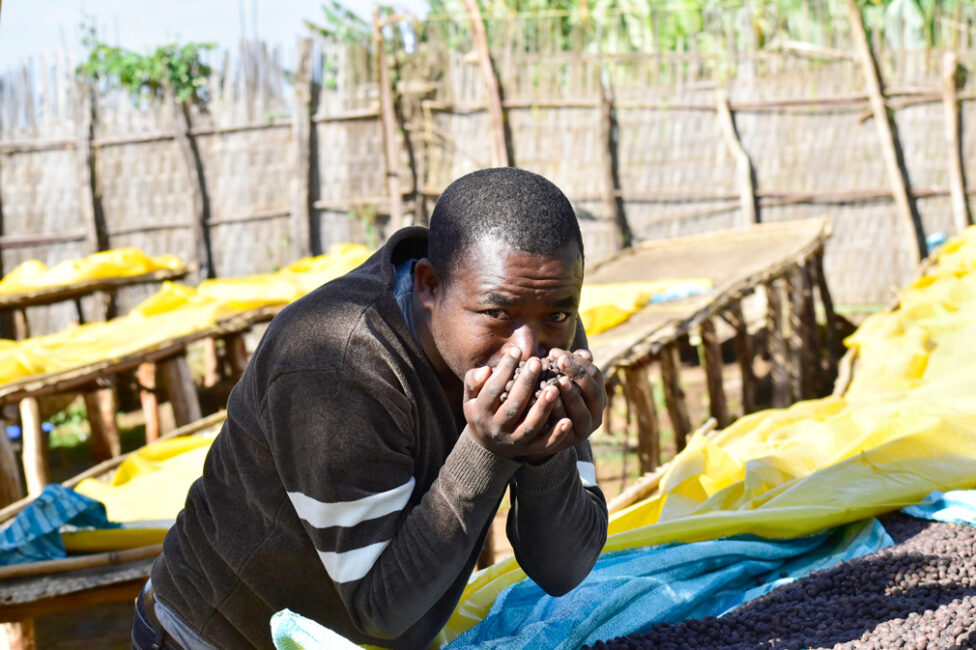Chiri
Crisp green apple, golden sultana, dried apricot and an oolong tea aroma. Juicy and clean.
Chiri originates from the Sidama coffee growing region in the eastern part of the Sidamo zone, in Ethiopia’s Southern Oromia State, in the ‘kebele’ (local village) of Hora Ela. It is named after the ‘woreda’ (administrative division) that is located in: Chiri.
The washing station sits at 1,900m above sea level, and is privately owned by Kenan Asefa, who buys cherries from 650 local families; each cultivate small plots of land (averaging 2.5 hectares in size), located 1,800–2,200 metres above sea level.
VARIETY
This coffee is a mix of varieties that we refer to as “heirloom varieties”. This term is all encompassing and very broadly used by many actors in the coffee industry to categorise Ethiopian coffee varieties that are from native forest origins. Whilst this describes many of the varieties found in Ethiopia, it is also a bit simplistic, and does not recognise varieties that have been specifically developed and widely distributed by the Jimma Agricultural Research Centre (JARC).
In the Sidamo growing region, there are four “Specialty Group varieties” that have been released by JARC. These are called Angafa, Faye, Koti and Odicha. There are also native or “landrace” varieties in region that were originally selected from the forest and have been propagated in the Sidamo region for decades. Three are well-known to local producers, who typically grow at least two of them; they are called Dega, Karma and Wolisho. There is little documentation on the history of these varieties, and it is hard to know if they represent single varieties or a wider group of varieties, however it is widely accepted that they play a major role in the quality of the coffee from this region, with a distinctive floral and citric cup profile.
PROCESSING
This coffee has been processed using the washed method. It is classified as Grade 1, indicating that a lot of effort has been put into the selection and grading during processing.
Each day, carefully hand-picked coffee cherries are delivered to the Chiri mill and are meticulously sorted by hand, and using a floatation tank prior to processing, to remove unripe, overripe, or damaged fruit, in order to enhance the quality and sweetness of the cup.
The coffee cherries are then pulped using a disk pulper to remove the fruit and skin, and then graded by weight; heavier beans are superior quality and deliver a sweeter cup. After grading, the parchment-covered coffee is soaked in tanks of clean water for 24–48 hours to remove the mucilage (sticky covering) by allowing it to ferment and detach from the coffee.
The coffee is then washed and graded again by density in washing channels and soaked in clean water for 12–24 hours. The coffee is then dried for around 12–15 days on African drying beds, firstly under cover (for up to a day) and then subsequently in the sun. Whilst drying, the coffee is carefully hand-sorted, and any defects are removed. It is also turned regularly to ensure that it dries evenly and consistently. At midday, the coffee is covered to protect it from full sun. It is also covered overnight to prevent damage from morning dew. Once the coffee is dry it is rested in parchment until it is ready for export.

